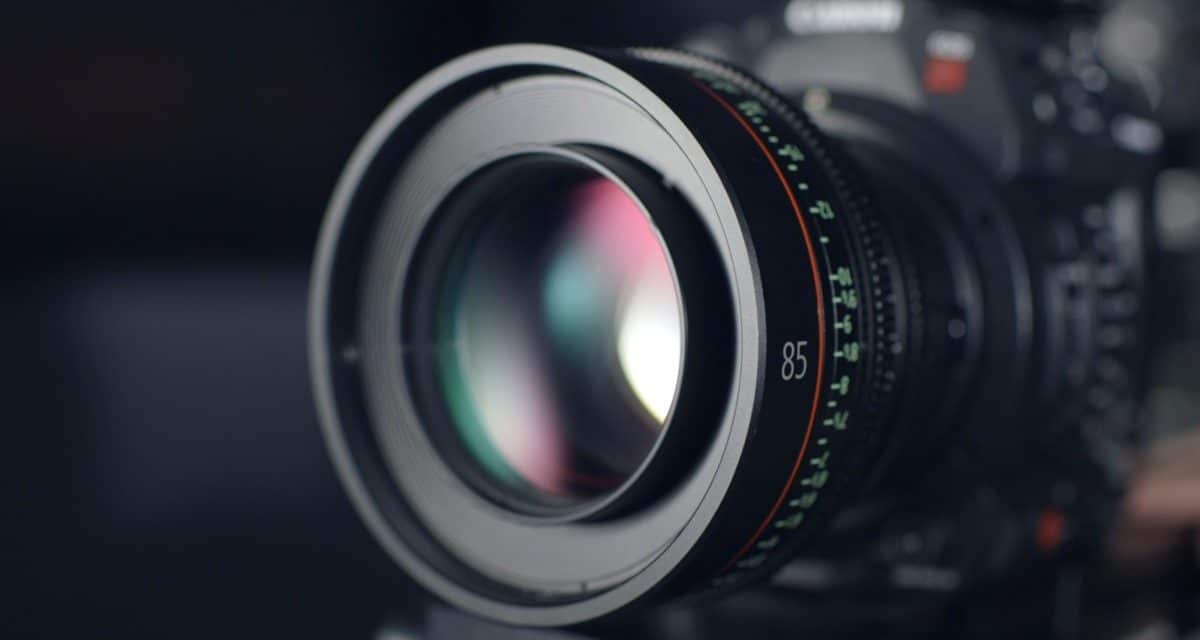Many digital cameras have both an optical and digital zoom function available for users to get a closer shot of a given subject from a distance. Often times a photographer can't get as close as he or she would like and this allows them to get a tighter photo even from a distance. There are many situations where this capability can come in handy to get a better photo.
A good example is when you go to concerts, sporting events, or any time that you can't get close to the action when you want to take photos. The inherent problem with taking a photo with any zoom function is that you need to deal with existing light unless you stay within the limits of whatever flash you have. So lighting can always be an issue inside with a zoom lens.
There are two basic zoom methods in digital cameras. The optical zoom lens is composed of several lenses that can be moved within the lens to capture a larger image. The digital zoom lens serves the same purpose but crops the image to a smaller size, then enlarges the cropped portion to fill the frame using a process called interpolation. This basically reduces the amount of pixels in the image and can impact the overall quality of the final photo.
Some digital cameras allow the use of both the optical zoom lens and the digital zoom capability at the same time. This would appear to be a great feature since it would increase the amount of zoom dynamically. In theory, that would be a good thing but in actual results it can be disappointing.
All digital photos are made up of pixels and most cameras have the number of pixels listed that it can record. The more pixels, the more you can enlarge the print without any loss of detail. So if you want to make an 8 X 10 print of your photo without any loss of quality or detail, you would want to capture the image with at least 3-4 megapixels. Any less will have an impact on the quality of the print. I am over simplifying this since there are other factors but this is just an example to show what the amount of pixels recorded will impact size of print and quality of that print.
An optical zoom lens changes focal length and magnification as it is zoomed and maintains good quality results through the range. A digital zoom back fills the missing pixels with what the computer thinks it should and so you loose detail and it is noticeable in the final photo. The greater the amount of zoom, the greater loss in quality on the digital zoom.
When you use any zoom feature (optical or digital) the amount of pixels recorded can change based on the camera's amount of pixels it can record and the amount of zoom. So any digital camera with a long zoom capability should have the ability to record enough pixels to insure quality results. Bottom line this means that you want enough pixels to handle the amount of zoom range available.
In my humble opinion, way too much attention is paid the amount of pixels a digital camera can record. Since most casual photographers taking pictures of their kids rarely go above an 8 X 10 print or 3X optical zoom, 5 to 7 megapixels will suffice. The average point and shoot camera will often have a 3X optical zoom and 2 to 3 times that in digital zoom.
So forget the digital zoom since it has some serious quality issues. When you are reviewing any camera to buy make sure that the zoom numbers listed are in reference to an optical zoom and not a digital zoom.

